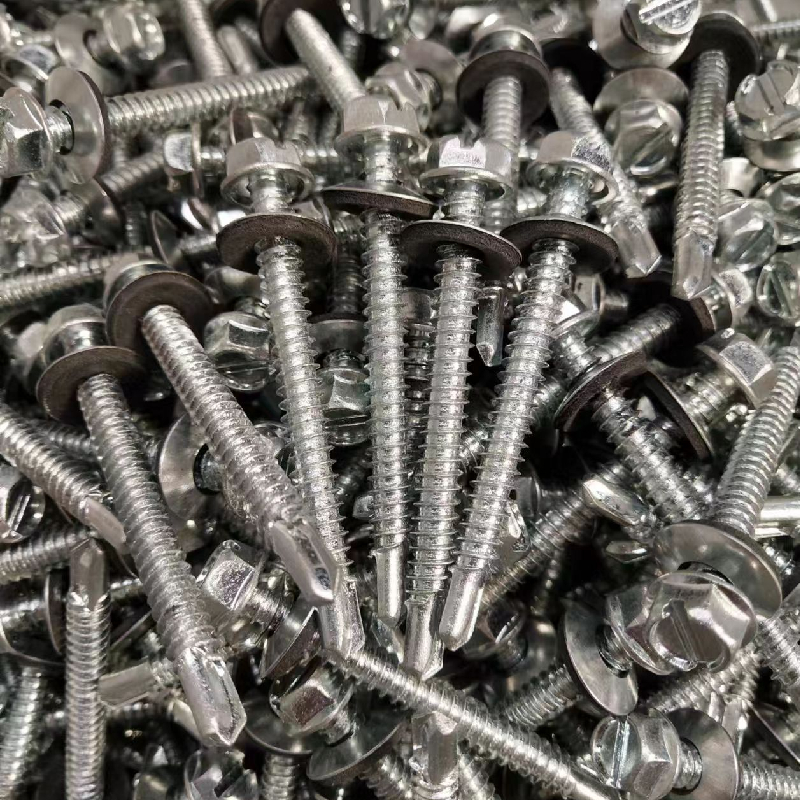temporary bracing structural steel
The Importance of Temporary Bracing in Structural Steel Construction
Temporary bracing is a crucial component in the construction of structural steel frameworks. It provides stability and support during the various phases of construction, ensuring that structures can be built safely and efficiently. As construction projects often involve large and heavy steel elements, the need for adequate support during the assembly process cannot be overstated.
Temporary bracing serves multiple purposes. Firstly, it maintains the overall integrity of the structure as it is being erected. Steel frames are typically assembled in sections, and during this phase, the structure can be vulnerable to lateral forces such as wind or seismic activity. Temporary bracing acts as a stabilizing agent, preventing any unwanted movements that could compromise the alignment or integrity of the steel framework.
Moreover, the use of temporary bracing allows for more efficient sequencing in construction. By providing the necessary support, workers can focus on assembling the remaining structural components without having to constantly worry about the stability of the previously installed sections. This not only speeds up the construction process but also enhances safety on the worksite.
There are various methods and materials used for temporary bracing. Commonly, diagonal braces made from steel cables or rods are utilized to create triangulated support systems within a structure. These braces are strategically placed to counteract the forces that the building may be subjected to during construction. Additionally, ground braces may be employed to anchor the structure to the foundation, further enhancing stability.
temporary bracing structural steel

The layout of temporary bracing systems must be carefully planned and executed. Engineers and site supervisors typically conduct thorough assessments and calculations to determine the most effective bracing configuration for each unique structure. Factors such as the size of the steel elements, the expected environmental conditions, and the construction timeline all influence the design of the temporary bracing system.
Furthermore, safety regulations and guidelines play a foundational role in the implementation of temporary bracing. Compliance with these standards is paramount, as improper bracing can lead to catastrophic failures, putting both workers and the finished structure at risk. Regular inspections and adjustments during the construction phase are essential to ensure the bracing remains effective as work progresses.
Once construction is complete, the temporary bracing is usually removed to allow for the final inspections and finishing touches. However, during its time in place, temporary bracing not only supported the structural elements but also provided insights into the load distribution and behavior of the overall design.
In conclusion, temporary bracing is an indispensable aspect of structural steel construction. It enhances safety, increases efficiency, and supports the integrity of the building during its most vulnerable stages. As the construction industry continues to evolve with new technologies and methodologies, the design and application of temporary bracing systems will undoubtedly advance, further ensuring the stability and safety of future structures. Through thoughtful engineering and adherence to safety standards, temporary bracing will remain a vital element in the successful execution of structural steel projects.
-
Weatherproof Plastic Expansion Anchors for OutdoorВестиJun.06,2025
-
Sustainability in the Supply Chain: Eco-Friendly TEK Screws ProductionВестиJun.06,2025
-
Load-Bearing Capacity of External Insulation FixingsВестиJun.06,2025
-
Double Head Bolts: Enhancing Efficiency in Industrial MachineryВестиJun.06,2025
-
Corrosion Resistance in Chipboard Screws: Coatings for Wholesale DurabilityВестиJun.06,2025
-
Butterfly Toggle Bolts : Enhancing Structural ResilienceВестиJun.06,2025
